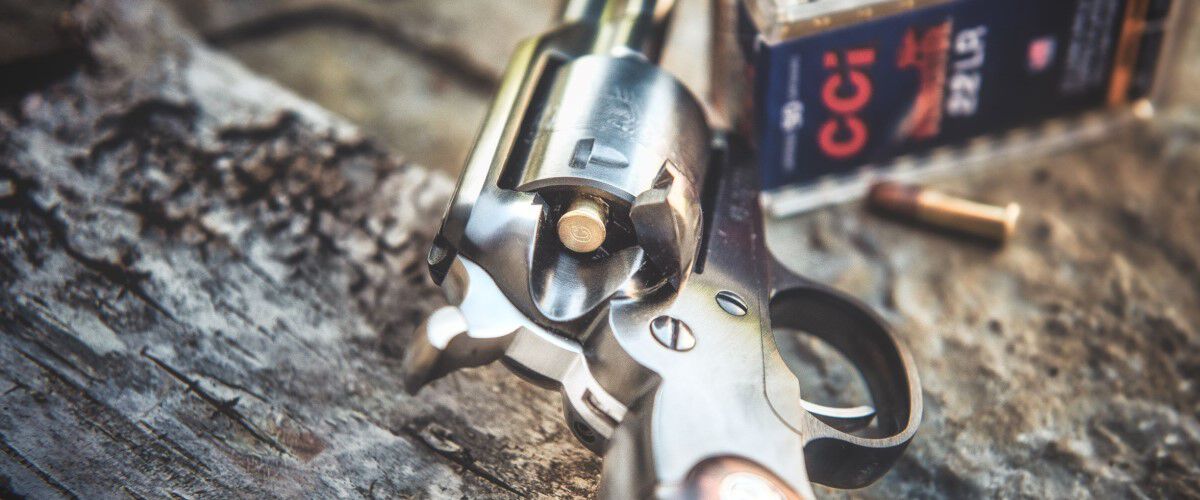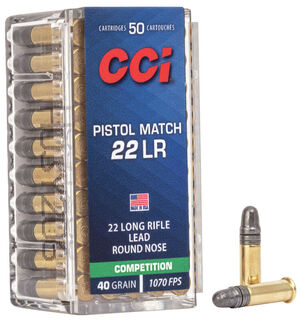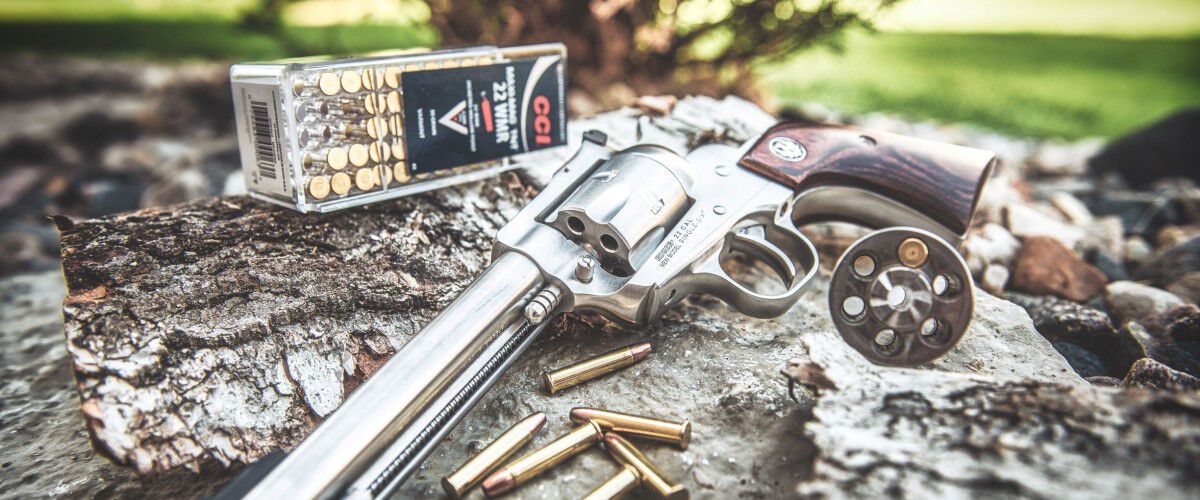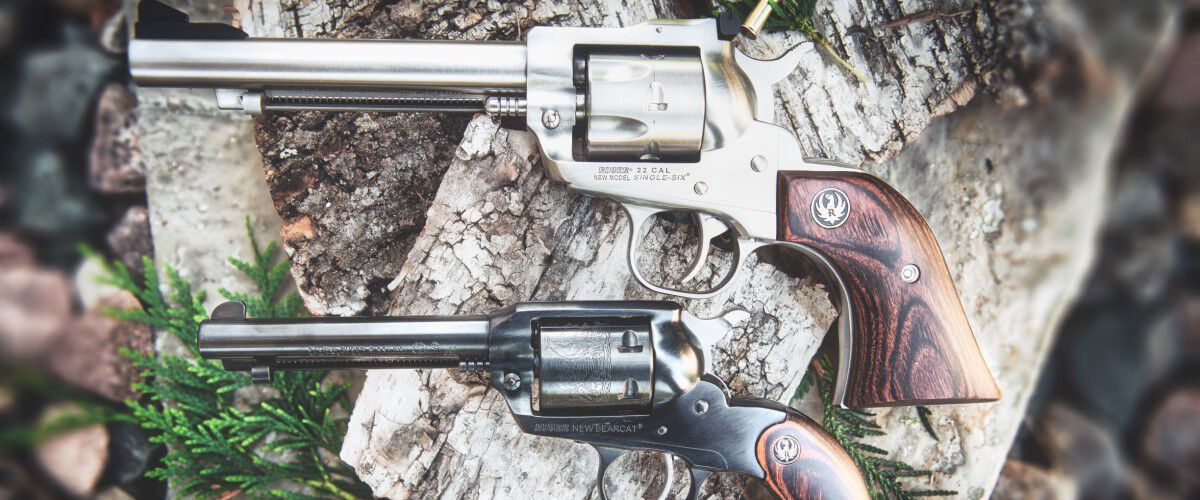
My first experience with a handgun was firing my dad’s Smith & Wesson 45 ACP M1917 U.S. Army service revolver. I was a young girl in a sporting family growing up on a hobby farm in central Minnesota. Even so, when I decided to purchase my first handgun I was intimidated. Not only can the perceived legal process be daunting, so can winnowing through the colossal assortment of styles and calibers to find the perfect fit.
As a child of the 1960s and 1970s, I grew up watching shows like “Bonanza,” “Gunsmoke,” and “The Wild, Wild, West,” perched on the arm of my grandfather’s chair as smoke swirled round our heads from his Prince Albert stuffed meerschaum pipe. So, this past year when I decided to purchase my first handgun, I knew I wanted a single-action revolver. After buying one, a Ruger Single Six Convertible, I quickly bought another, a Ruger Bearcat—both 22 caliber rimfire.
As a first-time buyer, I followed a few steps that helped demystify the process and the purchases.
One: Connect With The Pros
First and foremost, I connected with a local full-service gun shop and range, and with my local police department for a list of state requirements. Those two resources alone made the process less intimidating and helped me through my state’s paperwork.

Pistol Match 22 LR
Settle for nothing less than flawless cycling in your rimfire pistol. CCI® Competition Pistol Match ammunition uses precision components and tight tolerances to provide excellent accuracy, feeding and overall performance in competitive handgun shooting.
Buy NowTwo: Define Your Need
The first question to ask is, “What’s my intended purpose for the firearm?” Are you looking for self-defense? Concealed carry? Plinking? There are many options out there in terms of manufacturers, styles, actions and more, so zeroing in on intended use is important. In my case, I own remote property and wanted a Western-style revolver for plinking and varmints, so I had already drawn a bead.

Three: Find Your Fit
Do some online homework. Research styles and manufacturers and connect with your local gun shop to find the right fit. Handle some firearms to see how they feel in your hand. I have small hands, so while I love my Ruger Single Six Convertible, the Bearcat fits me perfectly. Being able to shoot a firearm of the same make and model in advance of purchasing is helpful, too, but not essential. While you’re at it, try a couple different guns and calibers if possible.
Four: Listen To Opinions
If you can temper the following advice by remembering that everyone has an opinion, ask family and friends about their own choices. What did they buy? Which gun shop did they use? Why did they choose a particular gun? Along the way, you’ll likely encounter brand loyalists or design devotees, and die-hards who will argue for their favorite firearm above all others. Ultimately, the best handgun is the one you are most comfortable handling and firing. Period.

Five: Practice
Getting comfortable with your new firearm is important. Visit an indoor or outdoor range and practice loading and discharging your gun. Note how much pressure is needed on the trigger. Commit yourself to learning exactly how the hammer cocks and cylinder spins. The more you do it, the more at ease you’ll feel.